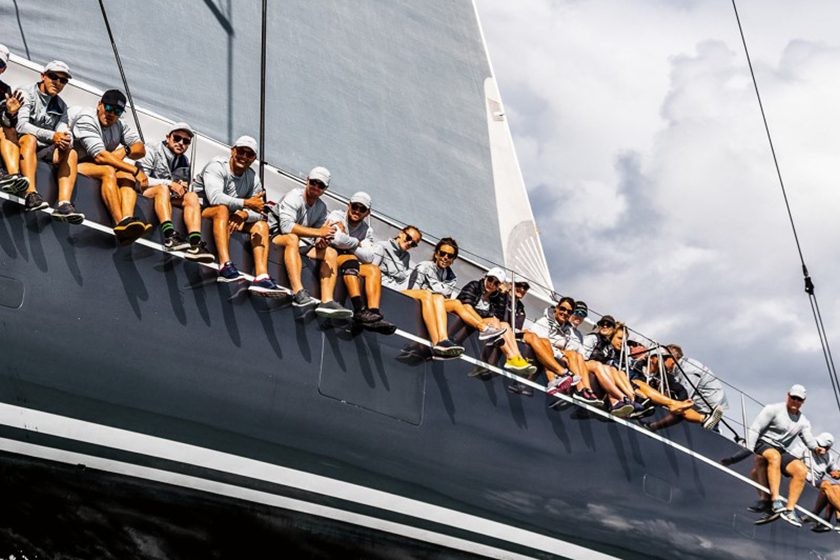Electric fast-ferries for Auckland
Auckland is aiming for an entirely electric fleet of passenger ferries by 2030, which is expected to save one million tons of CO2……
The Couldreys
The Couldrey family had a strong presence on the Auckland waterfront from the 1870s. Arnold (Bill) Couldrey became a major figure in New…



